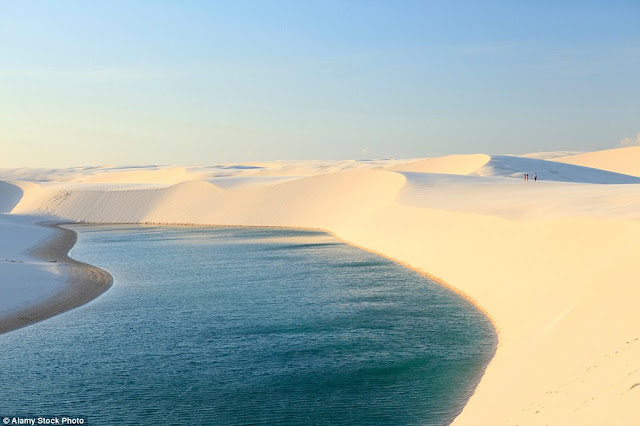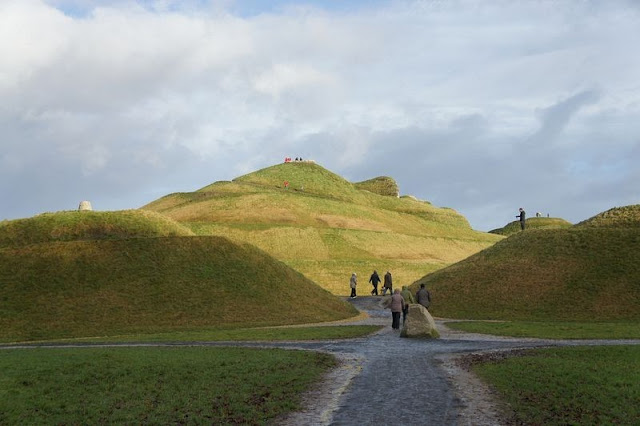Turkish shopkeepers stand in
their Aladdin's cave of mystery in one of the oldest covered markets in the
world, which is so popular in Istanbul's Grand Bazaar hosts over 3,000 stores and
more than 250,000 people visit every day, and has 91 MILLION visitors every
year. These days, in spite of increase in new modern shopping malls, the beauty
and tradition of the Grand Bazaar continues to be a big enticement. This market
is extremely famous among travelers, and in 2014 it was listed as the world's
most visited tourist attraction, beating the 91.25m visitors who traipsed the colorful
stores the previous year.
Therefore, the 15th century Bazaar
(Market) is famous for its hand-painted ceramics, lanterns, intricately
patterned carpets and Byzantine-style jewelry and heaves with Turkish things, kilims,
jewelry, backgammon boards, trinkets, leather goods and mother of pearl inlaid
boxes. Thus, there’s a labyrinth of arcades and passageways, where it is easy
to lose your sense of direction. It is
easily describes that it as 'one of the world’s most exciting shopping
experiences. Moreover, several of the stalls in the market are grouped by type
of goods, with special areas for leather, gold jewelry and the like. This
market “bazaar” has been significant trading center since 1461, and its
labyrinthine vaults feature two bedestens “domed buildings”, the first of which
was constructed between 1455 and 1461 by the order of Sultan Mehmed the
Conqueror.
Moreover, the beautiful complex
houses two mosques, four fountains, two hamams and several cafés and
restaurants. Furthermore, in the center it is high domed hall of the “Cevahir
Bedesten”, where the most valued items and antiques were to be found in the
past, and still are nowadays, with furniture, copperware, amber prayer beads,
inlaid weapons, icons, mother-of-pearl mirrors, water pipes, watches and
clocks, candlesticks, old coins, and silver and gold jewelry set with coral and
turquoise. The Bazaar is open Monday to
Saturday from 9am until 7pm and is closed Sundays and Bank Holidays. If you’re
shopping lover, then it is must place visit for you. Though, be careful,
because prices are bit high for foreigners. But you can bargain the price with
your skills.

















































